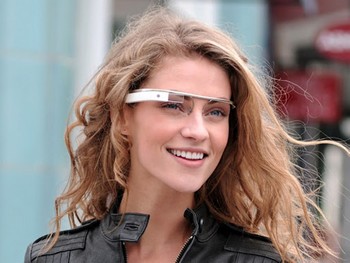With the upcoming introduction of Google Glass technology to the public, looks like there are some legal issues to be addressed. The technology basically involves mini computers that are worn like glasses, providing the same technology that many people access through their smartphones. This hands-free technology is just another step on the journey of information accessibility.
The Politics of Driving with Google Glass
Politicians have started taking some shots on technology use and one state has introduced laws to keep devices away from drivers’ faces. While potential users may be gadget-craving and dreaming of using GPS apps during their errands and commutes, some lawmakers worry that the technology used to project a display into the driver’s direct view could be an irresistible temptation. ignored.
Extending Phone Ban to Google Glass Devices
In the latest news, a politician in West Virginia has introduced a law to ban the use of Google Glass devices while driving. While GPS technology is available through the technology, politicians are especially concerned about people who will not limit their use of GPS while driving. He fears the consequences of drivers wearing Google Glass streaming videos, checking their email, or watching YouTube clips. The main point here is that those drivers won’t be paying attention to the road and conditions around them as they will be playing with their app.
Although it seems a little difficult to catch violators, because the devices are very similar to a pair glasses.
Will Google Glass Actually Improve Driving?
Is this a valid concern? The company points to many potential applications to improve driving ability. They mention the effort they are putting into providing technology that can actually help drivers instead of distracting them.
Combat Pilot Technology on Public Roads?
Others, eager to try the device and not wanting to see its use limited, have compared the device to displays used by fighter pilots. The difference is that the display comes from a device that is worn like glasses.
Balance Between Beneficial and Harmful
In other states, users may need to find out for themselves whether the technology is a danger while driving. The subject doesn’t appear to be on the state’s agenda too much at the moment and drivers can take advantage of the “hands-free” designation to use the device while driving.
Some drivers hope that such devices can help make their driving safer through the use of software specially written for this and because of careful thought into the physical design of the gadgets.
Disturbance
What’s the difference between using Google Glass and a typical hands-free device? Perhaps the most important difference, and the one that led to the bill, is that Google Glass will project a display into the line of sight of the person using the technology.
When it comes to driving, there’s no doubt that quick reactions to a variety of stimuli can mean the difference between tragedy and a near miss.
Even hands-free distraction has become a concern for organizations hoping to improve road safety. Conversing in the car, eating or drinking while driving, and fiddling with the radio can all cause a a second nuisance that could turn into an accident.
Adding one more level of distraction by injecting more visual stimulation into the situation seems, on the surface, to be problematic.
Profit
However, not everyone is convinced that using Google Glass while driving is a bad thing. One can only imagine the benefits of a gadget that can detect motion and give a warning if the driver is distracted by anything else. Perhaps the use of technology can continue to refocus drivers’ attention to the road. Not many hands-free devices can do that.
on top of that, GPS information can be displayed at eye levelso drivers don’t have to constantly look away from the road to see the GPS display.
There may be many other as yet unseen advantages once the technology becomes widely available.
Personal responsibility
Perhaps the biggest problem isn’t with the devices at all, but with the tendency for drivers (and people everywhere) to try to do too many things at once. Let’s face it; driving is not always fun. If the use of Google Glass can keep more drivers’ eyes on the road than on the smartphone in their lap, then this seems like a safer option.








